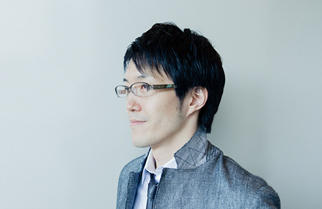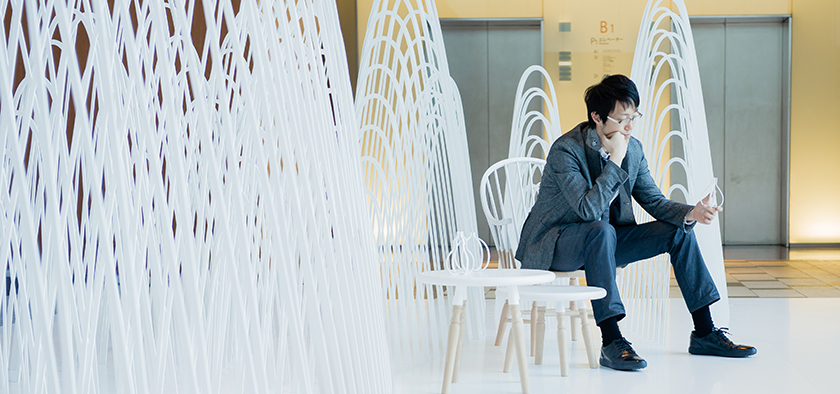
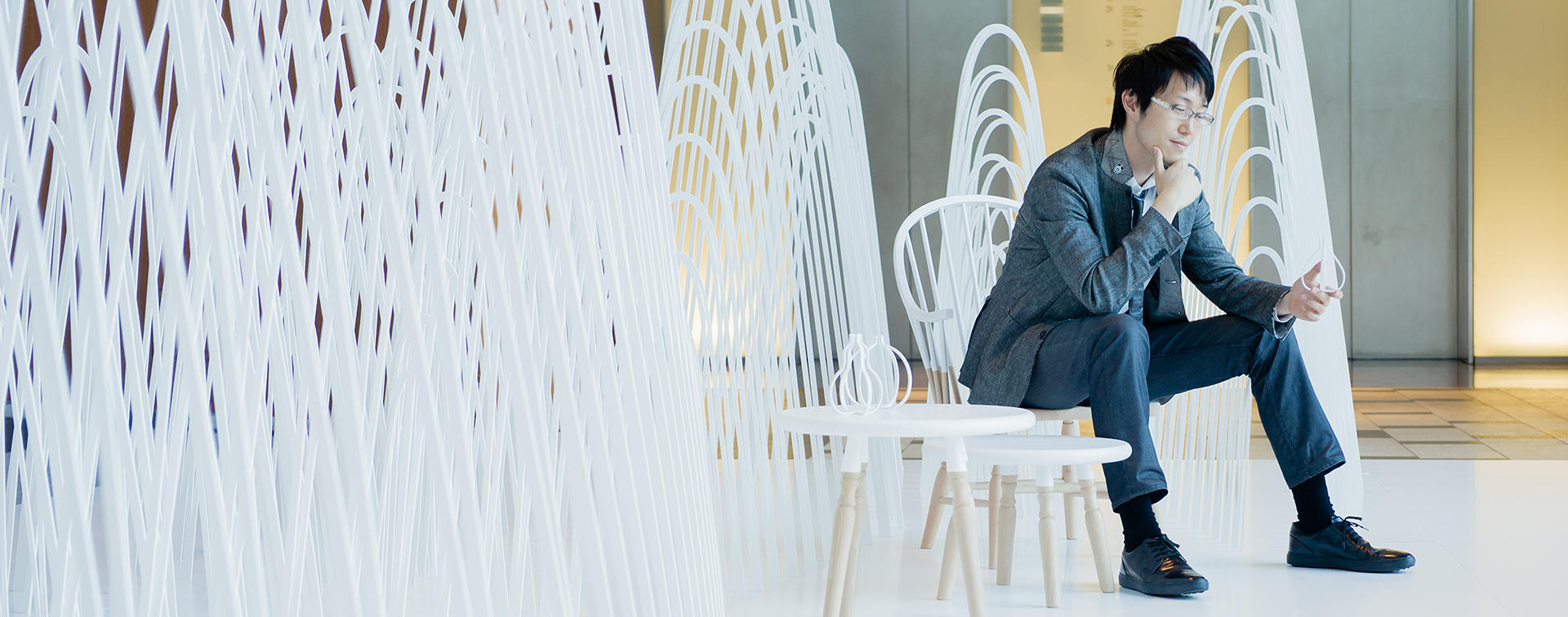
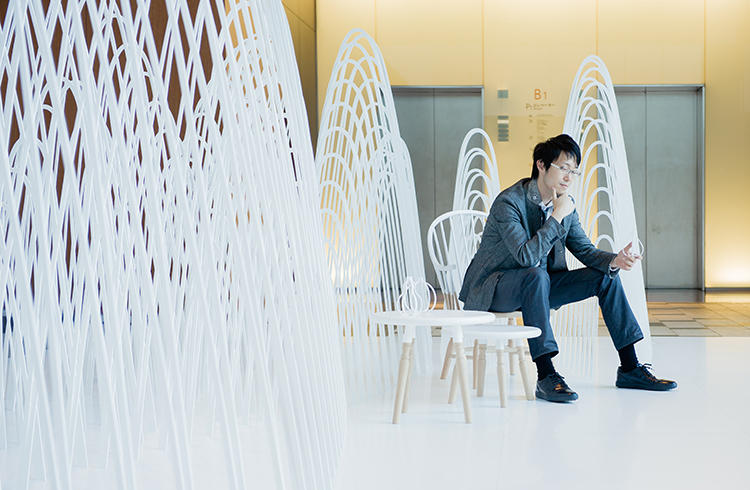
Connecting Roppongi and Milan trough designs
LInking the two Salone events to create good repercussions
The annual autumn event "Tokyo Midtown DESIGN TOUCH" was held again this year. During the first half of the event period, the "Salone in Roppongi" was held, featuring an installation by the Japanese design unit "nendo" led by Oki Sato. The installation was the most talked-about work at the Milano Salone (Salone Internazionale del Mobile) this year. We asked Sato about his thoughts on Milano Salone, the things the Roppongi and Milan have in common, and the future of "Salone in Roppongi."
Growing in tandem with Roppongi
Ten years have passed since Roppongi Hills opened; it was 11 years ago in 2002 that we set up the "nendo" design office, so I feel as if our activities and the development of this area has been in tandem, and that we've grown together.
We worked with Issey Miayake-san in 2008 for the "XX1st Century Man" exhibition at 21_21 DESIGN SIGHT which was a really valuable experience for us. Last year, at DESIGNTIDE, we set up an installation for Coca-Cola Bottleware. Every year, we are given an opportunity in one way or another to participate in an event at Roppongi, and I feel that this area has sort of given us our turning point.
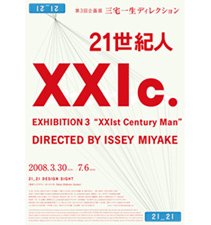
"XX1st Century Man" Exhibition
An exhibition held in 2008 on the first anniversary of the opening of 21_21 DESIGN SIGHT. Under the direction of Issey Miyake who was directing for the first time, the exhibition, themed on future humans, showed works by 11 artists and art groups from Japan and overseas including Isamu Noguchi and nendo.
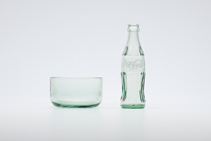
Coca-Cola Bottleware
A tableware collection designed by nendo made from recycled Coca-Cola bottles. The collection was displayed at Designtide Tokyo 2012, together with an installation showing the process of bottle-making.
©Coca-Cola
Roppongi has large commercial facilities and art museums, and it's also an area with a night life. I have an image of it as being a place where design and art and all kinds of elements are jumbled together. It's a place where information comes fastest, and it is the most energetic place. You can feel a strong powerful intent to convey new things. I personally believe that Roppongi is the most chaotic area in Japan.
Keeping to a routine in everyday life
I'm deeply involved with Roppongi through work, but in my private life, I don't come to Roppongi that much, to be honest. On my days off, I stay at home and don't go out. I make many business trips, so when I'm in Tokyo, I want to avoid moving about as much as possible. (laughs)
Basically, I like doing the same things every day. At nendo, we're engaged in all kinds of genres - architecture, interiors, products, graphics and so on. My work involves making irregular activities, so in my everyday life, I try to keep to a routine as much as I can.
So for lunch, I go to the same soba restaurant and have the same meal, and after that I go to the same Starbucks shop and have the same coffee. Anything I can make a routine of, I do. It doesn't take an effort to do this; it's simply the easiest way for me. When you have a uniform, you don't need to decide what you will wear each day. It's like that.
The similarities between Roppongi and Milan
Perhaps in a sense, Roppongi has too many irregularities and is too fast-changing for me. We also have an office in Milan and I go there every month; I sometimes feel that the stimulation in Roppongi is similar to the kind I get in Milan.
Paris, London, Tokyo - each city has its different personality. In Roppongi, there is the same glistening atmosphere as in Milan - a very bright mood. And it's in this atmosphere that the latest designs and trends are born and transmitted. Roppongi seems to be a place where people can communicate with each other through design and art.
Milan is currently undergoing development in preparation for the Expo in 2015, and huge buildings are being built one after another. Every time I visit, I find that the streets have changed quite a lot, and that's kind of like Roppongi. When our overseas clients come to Tokyo, many say they want to visit Roppongi. I suppose that's because it's international, while at the same time it has its own distinctive local characteristics; the place is overflowing with energy, and it keeps transforming itself and conveying something.

The trip to Milano Salone that led to creating nendo
I set up the nendo design office after going to Milan with my friends on a graduation trip. It was just around the time when the Milano Salone was being held, and I was really stimulated and inspired to see that designs are open to everybody. Incidentally, the name of the company "nendo" (clay) expresses our desire to be unconfined, and to have flexible ideas in making things.
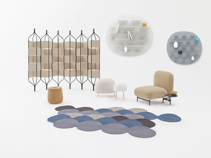
Milano Salone (Salone Internazionale del Mobile)
The world's largest international furniture fair held in April every year in Milan, Italy. In 2013, more than 2,000 companies made exhibitions in the huge main hall spanning 530,000 square meters. The six-day event drew a total of 320,000 visitors from around the world. The numerous design events held in the streets outside the main venue add to the lively atmosphere. The photo is of the "Nichetto=Nendo" furniture collection exhibited by nendo in 2013.
Maybe this is a reaction to my college days. At college and graduate school, I studied architecture, but at that time, there was this notion that an architect should not be involved in interior design - it was as if you would be knocked down flat if you dared. (laughs) There were more than 200 students in the same year as me at college and we were all rated from 1 to 200 according to our academic performance; for six years the teachers railed at us, and sometimes they would hurl down the models we had made. I spent my time in an environment that had many restrictions, often being told "you mustn't do this kind of thing". And then I went to Milan and I realized that designs can be uninhibited and fun.
At graduate school, I studied in the research room of Professor Nobuaki Furuya. Professor Furuya is an easygoing person, and he was relatively lenient with us, but he does orthodox designs, so I think our activities are making him feel very uncomfortable now. People are probably saying to him, "Those 'nendo' people - they used to study under you, didn't they?" (laughs)
Getting recognition for one's talents
There is a strong academic aspect to architecture, and people in this world make conversation using jargon, and value is placed on doing things in proper order such as first establishing the theory... I found some things to be rather constrictive. But at Milan Salone, there was true freedom - product designers were making clothes and architects were making chairs. And there was freedom not only among the creators but among the visitors; ordinary people such as elderly couples and families with children were telling each other what they thought of the works and they were enjoying themselves. I was fascinated by that situation.
The biggest shock I had there was seeing the success of Tokujin Yoshioka-san. Yoshioka-san was in his mid-thirties then, and I don't think he was very well known at the time in Japan, but his new works, manufactured by the Italian furniture maker Driade, were being displayed alongside those of Philippe Starck, given equal treatment. Even his installation was on display. I wondered why works by an unknown Japanese person were being shown beside those by Philippe Starck. It occurred to me then that this might be a world without hierarchy, where you can get attention if you have the talent, and be acknowledged for your efforts.
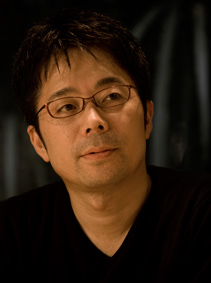
Tokujin Yoshioka
Born in 1967. After his apprenticeship with Shiro Kuramata and Issey Miyake, set up Tokujin Yoshioka design office in 2000. Attracted worldwide attention for the paper chair "Honey-pop" exhibited at Milano Salone in 2002. Has released innovative works in succession and many of his works are in permanent storage at the world's major art museums such as MoMA and the Pompidou Centre.
© MASAHIRO OKAMURA
There were so many things I didn't understand, but I set up the design office hoping to exhibit works at Milano Salone within five years. Then only a year later, that dream was realized, and we even received an award. Three years later in 2005, we set up the office in Milan because by then our activities were totally shifted toward Milano Salone. (laughs) That's because European clients in particular like to first exhibit new works at the Milano Salone. And so we kept on exhibiting there and we've been doing that for 11 years in a row.
Things that Milano Salone taught us
At Milano Salone, thousands of new works are displayed, so it's impossible to look at them all during the one week of the event. So we had to think about how to draw people's attention to our works and how to convey a message. I think we learned through the Milano Salone the importance of having that kind of awareness, and also how difficult it is to relay messages.
You need to make works that make people wonder what it is or make them want to touch it - designs need to have elements that have an effect on people's emotions. There are forms of expression which surprise people and turn them away. But we decided that we wanted to make approachable works which might have surprising elements but which would draw people closer.
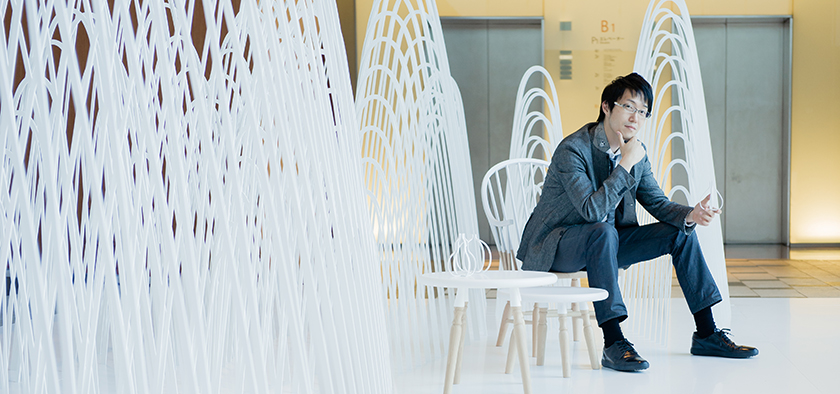
Enjoying the bustling atmosphere
This year, we were given the opportunity to exhibit our installation in "Salone in Roppongi" and I noticed how comfortable the project felt; it was as if the whole area of Roppongi is accustomed to this kind of thing. It probably wouldn't have been like that if we had done this in Ikebukuro or Takadanobaba. (laughs) I mentioned that Roppongi is similar to Milan; events like Salone seem to be very suited to this area.
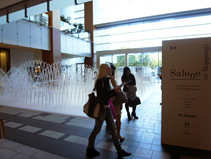
Salone in Roppongi
An event first held at Design Touch in 2013 on the concept of "Japanese designs in the world". On display were works by nendo, including the installation, which was the most talked-about feature of the Milano Salone. Information was also given on the history of Milano Salone and on the Japanese companies which have shown their works there.
Both the Design Touch and Milano Salone are fun in a way that is different from exhibitions held in the white boxes of art museums. The atrium where the Salone in Roppongi was held was inside a commercial facility, and there were people doing their shopping and people rushing on business. Yet the visitors are not deterred by that bustling atmosphere around them, but accept the noise as part of their enjoyment.
I don't think works need detailed written explanations. It's okay for a person to look at a work and think "What's this?" and then to take a photo of it without understanding what it exactly is. We ourselves don't place too much value on relaying a message; what matters to us is that each viewer senses something from our works, and from the surrounding environment. After all, what I found so attractive about the Milano Salone 10 years ago was that people could enjoy designs in their own way.
The future of "Salone in Roppongi"
This year, the exhibition was limited to nendo's works, but it would be good if more creators from Japan and abroad could participate in this event. I hope that people making creations in all kinds of genres - creators from all over the world with their different ideas - will come to Roppongi and freely express themselves, using the area as a canvas.
Besides Tokyo Midtown, Roppongi Hills, and the art museums, there are many other places in Roppongi which I feel would be interesting venues for exhibitions. Many visitors come during the Design Touch event, and people from many countries gather in Roppongi, so this is the ideal stage to transmit things. I suppose it's not an easy thing to continue holding events, but I do hope that this event will continue to be held in the years to come.
For the event to be continued, I think it's necessary to create a flow to draw visitors, and also to give opportunities to young creators in the way that Milano Salone helped nendo to grow. I think that rather than preparing a set stage for the young creators, you should give them space to create something themselves. It would be great if they could begin to enjoy the very process of holding an event.
Artists should start doing their own thing
Design Touch is held in October and Milano Salone is in April, so there's a six-month period in between. I think it would be interesting if those two events could be linked together in the future. Maybe a preview event could be held to show some of the works which will be exhibited in Milan six months later, or maybe an event could be held to inform people of what was displayed in Milan that year. It would be good if Roppongi and Milan could come together more closely and if a framework could be built to lead to good repercussions.
The Milano Salone gets bigger each year. That's because the creators take the liberty of developing the spaces in the streets. Whether an influential veteran or an emerging artist, they just start things in a guerilla-like way, so the zones keep expanding. Essentially, you don't need proper exhibition spaces and galleries - the streets will do. This may sound extreme but I think it would be great if people would do their own thing in the streets of Roppongi in a similar way during Design Touch. (laughs)
Editor's thoughts
The interview was held on the first day of the "Salone in Roppongi. Sato-san had a busy schedule of interviews on this day, but he talked calmly with a smile on his face. At the end of the interview, we asked him whether creators should take their cue from Milan and initiate their own projects in Roppongi. To this question, Sato-san responded with an excited "Yes, absolutely!" and gave the widest grin. We look forward to next year's Design Touch and to seeing if that idea will come to fruition.(edit_kentaro inoue)




